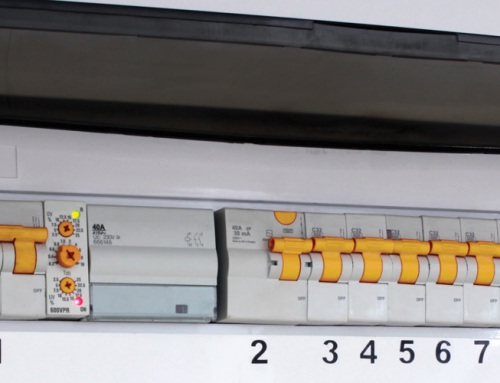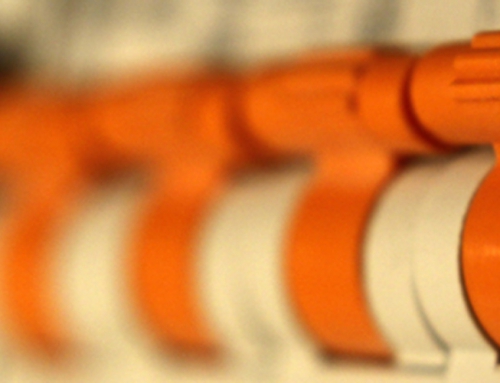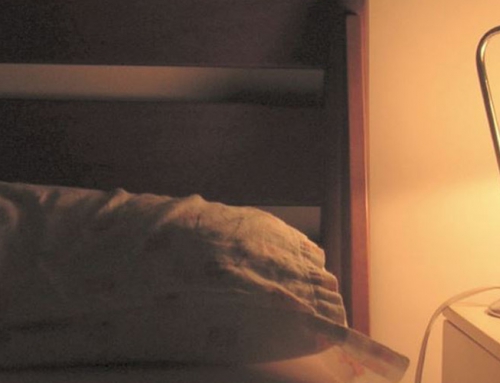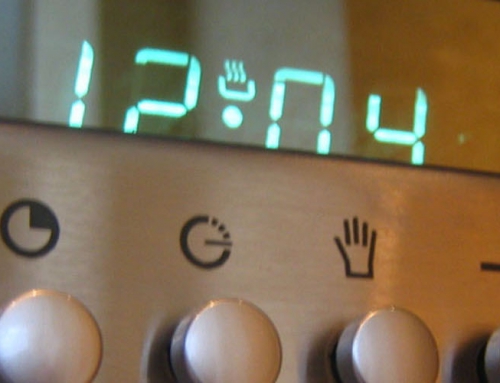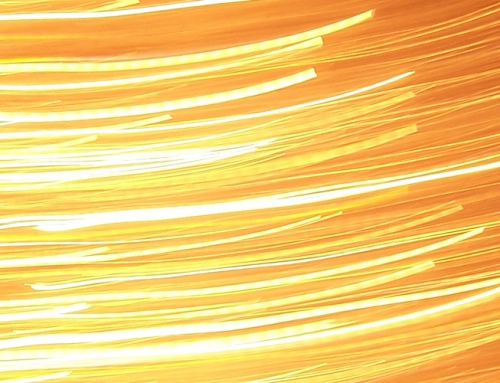Bathroom electricity safety
Water and electricity can be a deadly combination. Take note of these tips to make sure your bathroom is safe for all its users:
- Except for the electric shaver-supply unit, you should not have any conventional wall-mounted light switches or sockets in your bathroom. The shaver unit should be at a safe distant from water sources, including the shower or bath.
- If you cannot have the light switch of your bathroom outside the door of the room itself, consider a pull-cord switch purposely made for humid environments.
- Do not use any electrical appliances, such as hair dryers, heaters or mobile phone chargers in the bathroom, especially if they are close to a water source, such as a wash hand basin, a shower or a bath.
- Bathroom heaters should not be supplied through a socket or an extension lead. If you need an electric heater to warm the room, it should be purposely-manufactured for bathrooms and permanently fixed to the wall or ceiling out of reach of anyone using the room. Bathroom heaters should be supplied with electricity through a permanent connection controlled by an adequately-rated double-pole switch located outside the room.
- All lighting in your bathroom should be purposely manufactured to safely operate in a humid environment. Normal light fixtures designed for other rooms may not be safe to use in a bathroom. Do not place light fixtures close to water sources, where they can be easily touched by wet hands or reached by splashes.
- Seek assistance from an authorised electrician if you need to replace a bathroom mirror that includes electric components, such as shaver units or lights.
- Electric towel rails should be regularly inspected for signs of damage. If in doubt, ask your authorised electrician to inspect and test it. Do not leave towels or other textiles on towel rails when you are not in the room.

